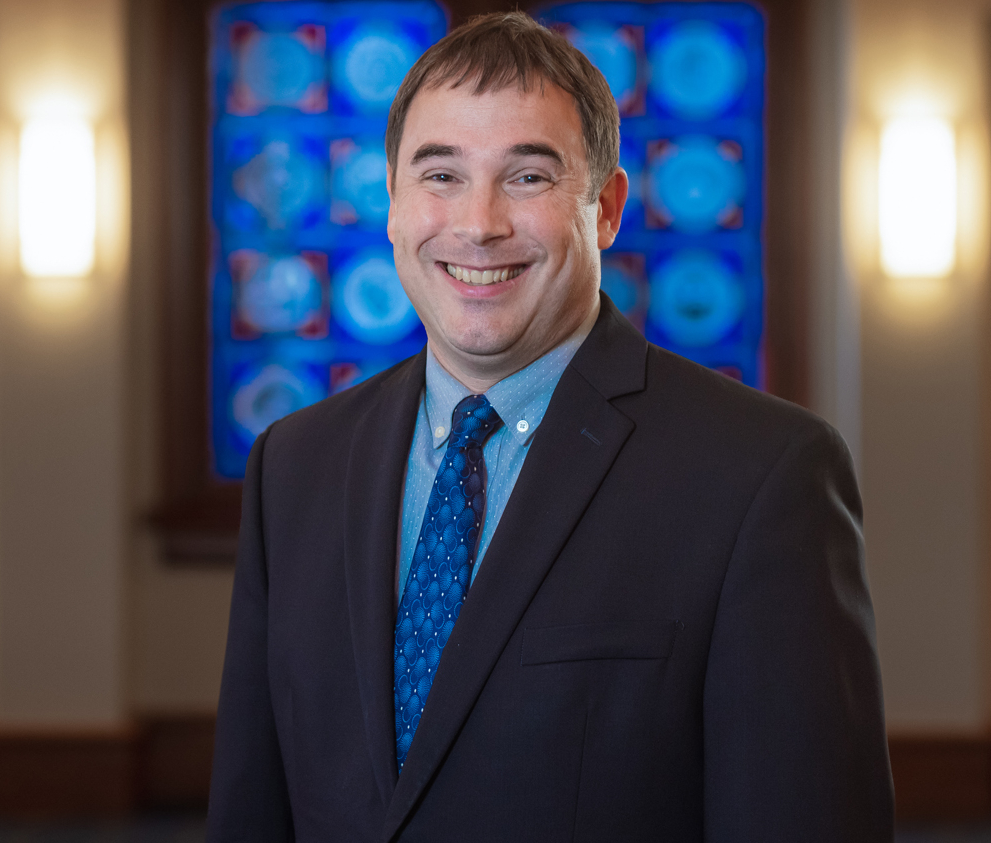Addictive Behaviors
Craving Disclosure: Social Network Characteristics that Impact Help-Seeking for People with Substance Use Disorders
(PS1-B32) Craving Disclosure: Social Network Characteristics That Impact Help-seeking for People with Substance Use Disorders
- LP
Lindsey Poe, Ph.D.
Postdoctoral Resident
Michael E. DeBakey Veteran Affairs Healthcare System
Houston, Texas - MM
Maria Meinerding, M.S.
Doctoral Candidate
Saint Louis University
St. Louis, Missouri 
Jeremiah Weinstock, Ph.D.
Professor; Department Chair
Saint Louis University
St. Louis, Missouri
Author(s)
Co-Author(s)
Substance use disorders (SUD) are commonly characterized as chronic relapsing disorders. One hallmark feature of SUD is craving – the subjective strong desire to use. Craving is a robust predictor of relapse and a significant barrier to achieving sustained remission. As such, craving is a therapeutic target of many SUD interventions which seek to rearrange the environment to reduce craving cues, and to engage in coping or other self-regulatory processes. Less is known about craving disclosure and characteristics of the social support network that would increase disclosures and help-seeking, despite evidence that social support increases rates of long-term abstinence.
The current study examined characteristics of the social support network of individuals with SUD and the extent they could disclose the experience of craving in real time to their network. Participants (N = 142) were recruited from Amazon’s MTurk and identified as high risk for at least one substance on the ASSIST V3.0. They completed a survey battery, including the Important People Inventory, which provides information on network drinking behavior and social support (Clifford & Longabaugh, 1991). Participants listed up to five people who were important to them and answered questions about the individual and their relationship.
Approximately 50% of participants had two or less people in their network who they felt comfortable to disclose craving, 19% had one person to disclose craving, and 13% of participants had no one to disclose craving in their network. When investigating for potential differences between groups (i.e., 0 = would not disclose; 1 = would disclose) within the support network, independent sample T-tests revealed significant differences. In all – ordered from highest effect size to lowest – participants were more likely to disclose to someone in their network that; (1) were more supportive generally (t708 = -7.64, p < .001, d = -0.58); (2) were neutral or accepting of their substance use (t652 = -4.92, p < .001, d = -0.39); (3) were higher in importance (t708 = -4.45, p < .001, d = -0.34); (4) used substances light to moderately (t649 = -3.70, p < .001, d = -.29); and (5) who they saw at least weekly (t708 = -2.49, p = .013, d = -0.19). There were no significant differences in types of relationship. Additionally, binary logistic regression found people with SUD were 1.49 times more likely to disclose craving to people in their network that were more supportive generally and 1.74 times more likely to disclose to people in their network that currently or previously used substances.
Findings from the current study add to the concern about the ability of individuals with a SUD to seek social support, especially in regards to craving. About half of participants had two or less people in their network with whom they could openly discuss craving, and over 1 in 10 had no one and were completely isolated in their craving experience. Important aspects of the relationship were identified that supported disclosure. Future research is recommended to investigate other aspects of craving disclosure and characteristics of the social support network, with aspirations to refine existing and to create novel SUD interventions.

